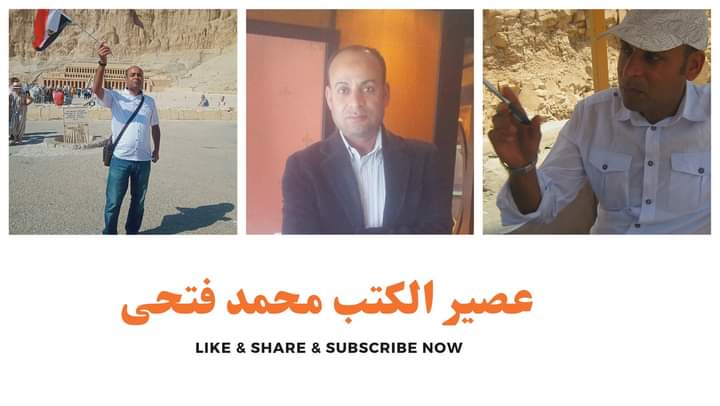The Temple of Abydos is located to the west
of El-Baliana, which is a town in Sohag
Governorate. In ancient times it was called
Abdu, and the Greeks called it Abydos.
Abydos, the
8th province in ancient Egypt, this area is
considered to be amongst the most famous
archaeological sites. It was the city were Menna, the unifier of upper and lower Egypt
came from and from the 11th Dynasty
onwards, a burial in Abydos was the ultimate
wish and honor for any local to have. In Abydos, many tombs were found belonging
to the 1st and 2nd Dynasties. Also, many
Kings have built Temples here, including King Pepi I, King Ahmose I, King Seti I and King
Ramses II.
Ancient Egyptians believed that the tomb of
Osiris, the “God of the Dead, and the
underworld” was located
in Abydos, and it is where his head was
buried.
The Temple of Seti I:
The Temple was built During
the reign of King Seti I and was finished by, first, his son Ramses II and then followed by his son, King Mern-Ptah
This temple is quite unique in design, as
has a shape
of an “L” letter upside down. It also contains the most
complete lists of Kings and Gods. The Temple
contains 7 shrines dedicated to 7
Gods: Osiris, Isis, Horus, Amon Ra, Ra
HorAkhty and Ptah, and Seti I as a deified
King. in this temple one will find the best-preserved
painted reliefs and texts from the 18th Dynasty.
The Temple of Abydos was constructed with
white marble and once had a large pylon
built by Ramses II.
The front of the Temple is a square columned
façade and there are 12 rectangular pillars
with decoration of Ramses II welcoming the
Gods Osiris, Isis and Horus. The Temple
originally had 7 gates leading to 7 shrines
originally constructed by Seti I, but
Ramses II made additional parts to the
construction, and only there is one gate
open now.
This gate leads to a hypostyle hall, which
was built and decorated by King Ramses
II, where the columns are decorated with
papyrus bud capitals. There are many
representations of Ramses II offering to
many Gods, here.
Further
west, you will find the second hypostyle
hall, which is the more impressive! Seti II
built this hall, the walls depicting Seti I
giving offerings, to Osiris and Horus, in
front of Osiris shrine. The decorations in
this hall are the best
in the
Temple; the fine painted relief being of the
highest standard.
Behind
that hall there are 7 sanctuaries, dedicated
by Seti I, and made for Osiris, Isis, Horus,
Amon Ra, Ra HorAkhty, Ptah and Seti I as a
deified King. It is believed that these
shrines once contained the sacred boats of
the God's. Each of them has false doors
(except for Osiris) with a Stella mentioning
the God. The shrine of Osiris doesn't have
a false door; it has representations of the
God Osiris’ Jed sign (the pillar of
Osiris), with scenes of the Osiris myth.
To the left
of the 2nd hypostyle hall, there
are two entrances. One leads to the hall of
Sokker and Nefertum, while the other leads
to a narrow decorated hall, with a list of
76 Kings. Missing from this list are the
names of the “heretic King”, Akhenaton, and Queen Hatshepsut .
This
corridor leads to the hall of sacred boats,
where the sacred boats where stored, there
was also a hall for sacrifices, where the
animals got slaughtered.


تعليقات